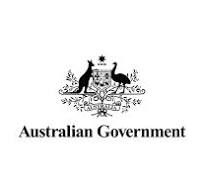
Agent Orange Child
When the United Nations tells you 8+ times you are breaking the law, YOU ARE BREAKING THE LAW. Stockholm Convention & Agent Orange is a chemical war crime against children.
Australia, New Zealand & Canada are a member state of the United Nations, it has voluntarily agreed to follow international law, including a range of human rights treaties.
This means these countries are legally obligated to protect human rights, prevent discrimination, and provide access to healthcare, social support, and justice—especially for vulnerable groups like people with disabilities and children.



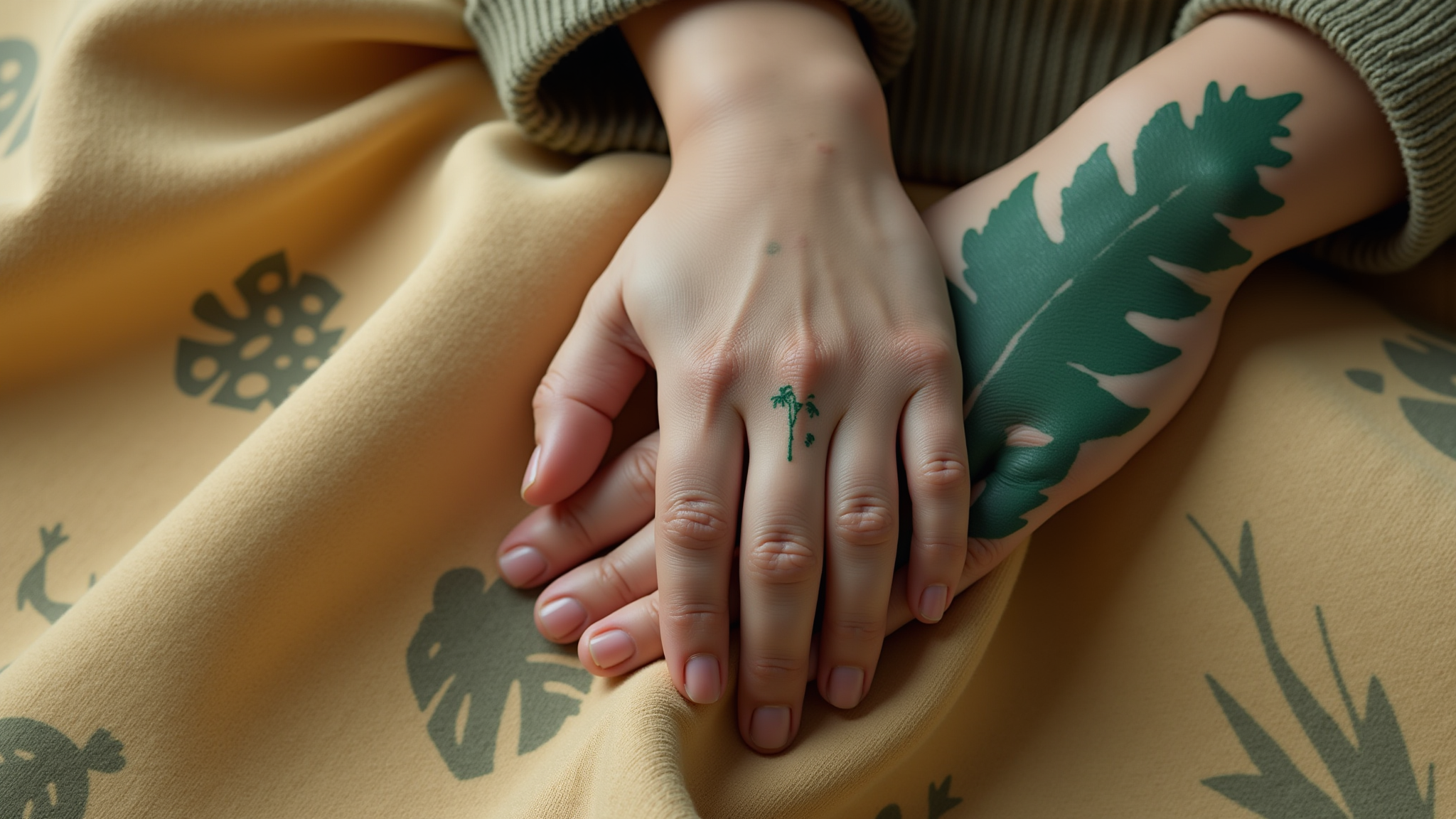
We will always be the child of a Vietnam Veteran
My name is Danni, I was born in Australia as the child of a Vietnam veteran who was exposed to Agent Orange, a toxic chemical containing dioxin. What many people don’t realise is that the effects of that exposure didn’t end on the battlefield — they carried forward into the next generation.
From childhood, I faced unexplained health challenges, developmental issues, and learning difficulties that were never fully understood or addressed by the medical or education systems.
As an adult, I was diagnosed with multiple disabling conditions that have affected every part of my life. By the age of 35, I was unable to continue working due to the severity of my symptoms.
Now, I see signs of similar struggles in my daughters — and yet, to this day, the Australian Government has never acknowledged second-generation harm caused by chemical exposure during military service.
No official investigation. No recognition. No support.
Through my own research, I’ve connected with others like me — children of Vietnam veterans in Australia, New Zealand, the United States and beyond. Our stories are strikingly similar, and the pattern is impossible to ignore.
The silence surrounding us is not accidental — it's the result of decades of denial, delay & neglect, This website is my way of breaking that silence. I am determined to speak up, share what I’ve learned, and advocate for recognition, justice, and support for all second-generation survivors of Agent Orange exposure.
My Blog page is where you can find the evidence of a systemic cover up by these Governments, I have documented the replies, delays, denials and broken laws in 2025.




OECD Guidelines – Binding through the NCP system
Australia agreed to uphold the OECD Guidelines for Multinational Enterprises when it joined the OECD. That includes:
• Protecting human rights
• Preventing environmental harm
• Ensuring access to remedy
• Regulating corporate behaviour linked to harm
By signing on, Australia voluntarily bound itself to these rules and to the National Contact Point (NCP) system for enforcement.
Australia has breached multiple binding obligations under the OECD Guidelines for Multinational Enterprises in my case. These guidelines apply to both governments and corporations and are enforceable through the OECD National Contact Point system. The breaches include the following:
Chapter II – General Policies: Australia failed to respect human rights, conduct due diligence, or provide access to remedy. Despite knowing the harm caused by TCDD (Agent Orange), they refused to investigate, recognise, or respond. This was a deliberate denial of justice to a known second-generation victim.
Chapter IV – Human Rights: My rights were violated through decades of medical discrimination, denial of support, and systemic exclusion from healthcare and compensation pathways. Australia refused to hold accountable the corporations that manufactured and supplied the chemicals that caused the harm. This is a direct breach of their duty to uphold human rights in the face of corporate-linked abuse.
Chapter VI – Environment: Australia failed to implement any form of medical screening, public health warning, or environmental monitoring for TCDD exposure in second-generation civilians. They ignored their obligations under the Stockholm Convention and international toxicological guidance. This failure to prevent and remediate chemical harm constitutes a breach of environmental responsibilities.
Chapter VIII – Consumer Interests: I was never informed of the risk I was born into. There were no warnings, no protective systems, and no public education. Australia’s silence denied me the right to know the truth about my health and its origin. This violates their obligation to protect the health and safety of exposed populations.
Chapter IX – Science and Technology: The government misused scientific and medical frameworks to discredit valid diagnoses and conceal systemic harm. Global studies and WHO data were ignored. My conditions were falsely labelled as idiopathic or coincidental when the real cause was known and documented. This breach undermines both public health and ethical science.
Together, these violations demonstrate a coordinated failure to uphold the OECD Guidelines. Australia cannot ratify international standards, then refuse to apply them when the truth becomes inconvenient. My case is evidence that these guidelines were broken to protect institutions and corporations at the expense of human life, justice, and international law.
International Treaties
– Binding under international law
Australia has ratified:
-
The Convention on the Rights of the Child (CRC)
-
The Convention on the Rights of Persons with Disabilities (CRPD)
-
The International Covenant on Civil and Political Rights (ICCPR)
-
The Stockholm Convention on Persistent Organic Pollutants (POPs)
By ratifying them, Australia legally committed to:
-
Respect, protect, and fulfil the rights in those treaties
-
Avoid regression
-
Report and remedy violations
These are binding obligations under international law. Even if they haven’t been fully enacted into domestic law, Australia is still accountable on the global stage — and before bodies like the UN, ICC, and OECD.
Rome Statute – Binding via ICC membership
Australia ratified the Rome Statute in 2002. That means:
• It is subject to the jurisdiction of the International Criminal Court
• It can be investigated and prosecuted for crimes against humanity, including systemic, long-term harm to civilians
• It cannot block or interfere with investigations once a submission is accepted
Australia can’t un-ratify its way out.
They made the commitments. They broke them.
Now the world is watching — and the system is moving.
This is exactly why I had to go to both the International Criminal Court and the Netherlands National Contact Point. Australia deliberately ratified binding international treaties and guidelines — then refused to implement them, enforce them, or provide any remedy to victims. Domestically, they built legal walls. Internationally, they made promises. That contradiction left only one option: escalate beyond their control. The ICC holds them accountable for crimes against humanity. The Netherlands NCP holds them accountable for corporate and treaty breaches under the OECD Guidelines. These are not symbolic actions — they are legal moves made because every domestic door was slammed shut. When a state refuses to follow the law, you go above the state. That’s exactly what I did.
International Law




Crimes Against Humanity
Updated 11th July 2025
What’s Australia’s official position on intergenerational chemical warfare?
We value our veterans.
Terms and conditions apply.
Children not included.
How Do They Get Out of This?
Spoiler: They don’t.
Let’s be clear. This isn’t just a complaint. It’s a legal case — and a trap they walked into.
They had chances. Warnings. Deadlines. They chose silence.
And now every step is documented, published, and filed at the International Criminal Court.
So… how do they get out of this?
First — Here’s What I’ve Already Proven:
-
That I am the child of a Vietnam veteran exposed to Agent Orange (TCDD) — with verified military service and birth records.
-
That I have multiple congenital and degenerative health conditions consistent with known TCDD toxicity.
-
That I filed a full Article 15 complaint to the ICC on 1 July 2025, documenting:
-
Crimes against humanity
-
Transnational organised crime
-
Chemical warfare targeting civilians and children
-
-
That I’ve linked the harm to corporations who manufactured and profited from TCDD — including Dow, Monsanto, and their modern parent entities.
-
That no country — not Australia, not the U.S., not Canada, not New Zealand, not Germany — has ever held these suppliers legally accountable.
-
That I’ve excluded those countries from leading the OECD complaint (Case 36) due to conflict of interest and complicity.
-
That Treasury is on a $500,000-per-week clock and still silent.
-
That Queensland Health, DVA, Centrelink, and others are now on record for obstruction and denial.
-
That I’ve made this public — in writing, in law, and in history.
So What About the Suppliers?
They made billions. They knew the science. They falsified records, dodged responsibility, and walked away while generations burned in their chemicals.
To this day:
-
No compensation has been paid to second-generation victims.
-
No criminal trial has been held for those who manufactured a war chemical used on civilians.
-
These corporations are still trading. Still profiting. Still protected.
And now, they’re named in my case. ICC. OECD. Public record. They are no longer hidden. They are complicit.
So What Options Do They Have? Pretend it didn’t happen? Too late. The record exists. The ICC has it. The OECD has it. So does the public.
Delay and stall? Every week of silence adds cost and evidence. It’s not neutral — it’s obstruction.
Blame one doctor or agency? Nope. This is a 50-year coordinated cover-up involving governments and corporations.
Offer hush money? I’m not for sale. I’m here for justice, not silence.
Appoint a “review panel”? Save it. The world has reviewed enough. Now it’s time to prosecute.
The Only Way Out? There isn’t one. Not unless they:
-
Publicly acknowledge second-generation TCDD harm
-
Compensate the victims and their descendants
-
Prosecute those responsible — in boardrooms and in departments
-
Reform the systems that let this happen
-
And name what this really was:
A chemical war crime against children.
They built empires on poison. They sold chemicals as weapons.
And when the bodies started showing up in the next generation, they turned away.
Now they’re on the record. And that record will outlive every denial.
Warm Agent Orange Burns regards,
Danielle Stevens
Australia
We will always be a child of a Vietnam Veteran




Why the ICC Has Never Seen a Case Like This Before
On 1 July 2025, I lodged my Article 15 communication with the International Criminal Court (ICC). It isn’t just another complaint — it’s something the Court has never faced before.
1. Entire Systems, Not Just States
Most cases before the ICC focus on a government or a militia. My submission exposes an entire web of complicity: governments, corporations, insurers, banks, and regulators — all aiding and abetting each other in silence while children are harmed. Uploaded to the ICC since May 2025 and continues weekly, with being blogged and tweeted publicly.
2. Ongoing Chemical Warfare
The ICC is used to past atrocities. But this case is about a war crime that never ended. TCDD (Agent Orange) didn’t stop killing when the last helicopter left Vietnam. It is still inside our bodies, our children, and our grandchildren. Intergenerational harm makes this a living crime against humanity.
3. Human Rights + Financial Crimes
The ICC has seen human rights cases. It has seen war crimes. But it has never been forced to confront how financial markets, insurers, and ESG reporting conceal chemical war crimes against children. My case bridges two worlds: humanitarian law and financial fraud.
4. The Record is Unstoppable
Every denial, every silence, every deflection is logged. UN warnings, government rejections, corporate non-answers, banking lies, insurance stonewalling — all annexed. Their silence is now evidence.
5. Urgent Provisional Measures
While others wait for years of legal delay, I demanded Provisional Measures: screening for children, medical record recognition, corporate transparency, and protection from reprisals. The Court has to face the fact that this is not history — it is happening now.
The Shock Factor
For the first time, the ICC is being asked to confront a case that is:
-
A war crime against children
-
A systemic treaty breach by multiple states
-
A cover-up by corporations and insurers
-
A fraud on global financial markets
No one has ever placed all of this together, in one record, before one Court. That is why this case matters — and why the silence of institutions cannot hold forever.
Warm Agent Orange Burns regards,
Danielle Stevens
We will always be a child of a Vietnam Veteran
https://agentorangechild.wixsite.com/agent-orange-child
A formal complaint has been lodged with the International Criminal Court for Crimes against Humanity. The final submission was the 1st of July 2025.
Australia ratified International treaties but failed to implement them into domestic laws.
When the United Nations tells you 8+ times you are breaking the law, YOU ARE BREAKING THE LAW. Stockholm Convention & Agent Orange is a chemical war crime against children.
Profit before People is a crime.
International Criminal Court




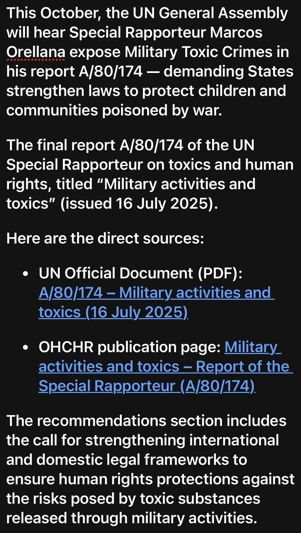
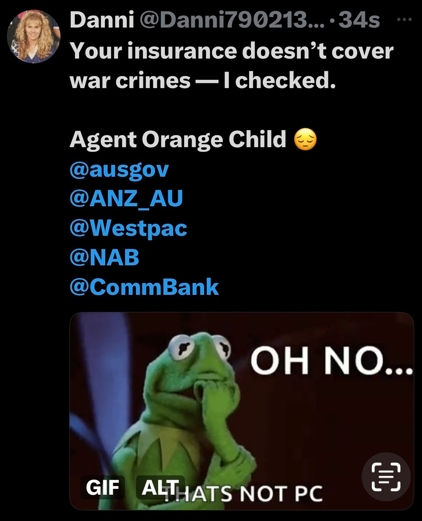
Truth will set you free
The Science Behind Second-Generation Harm
For too long, the truth about Agent Orange has been buried beneath decades of denial. But
science — and survivors — are uncovering what was meant to stay hidden.

WHO
Agent Orange was contaminated with TCDD (2,3,7,8-Tetrachlorodibenzo-p-dioxin), which
the World Health Organization (WHO) has classified as a Group 1 carcinogen the highest risk level, meaning it is known to cause cancer in humans. But TCDD’s damage goes far
beyond cancer. It is one of the most toxic synthetic substances ever studied.

TCDD
TCDD is a persistent organic pollutant that builds up in the body and environment, causing
long-term, multi-system harm.
- According to the WHO, TCDD disrupts hormones, damages the immune and nervous
systems, and interferes with reproductive and developmental health.
The Global Picture

EPIGENETIC
Emerging studies in humans and animals suggest that TCDD can alter gene expression through epigenetic changes, passing damage down to future generations — including the children and grandchildren of those originally exposed.
Countries like the United States and South Korea have begun to acknowledge and investigate second-generation impacts.- But in Australia, there is still no official recognition, support, or research into TCDD’s transgenerational effects — leaving families like mine without answers or justice.
Summary: The science is clear, and the evidence is growing: TCDD doesn’t just harm individuals — it reshapes the lives of generations. Continuing to ignore this truth is a failure of public health, human rights, and moral responsibility.


Failure of Duty of Care – Children of Vietnam Veterans
As the child of a Vietnam veteran, I was never issued a uniform. I never served in combat. But I inherited the toxic legacy of war through my father’s exposure to Agent Orange—specifically, its most dangerous component: TCDD.
The Australian Defence Force (ADF) and the Australian Government had a clear duty of care to safeguard the health and wellbeing of those affected by their actions and decisions. That duty extended not only to the soldiers they sent to war, but to the children those soldiers would return home to raise.
That duty of care has been catastrophically breached.
Systemic Failures in Duty of Care
1. Known Risk, Ignored:
Scientific evidence of dioxin’s teratogenic and genetic effects was already available by the 1970s. The ADF knew, or should have known, that soldiers exposed to Agent Orange were at risk of passing on serious health issues to their children. Despite this, there was no effort to track, study, or support affected children in Australia.
2. Failure to Inform or Warn:
Neither my parents nor the medical professionals treating me were ever warned of the risk. Conditions now understood to be consistent with dioxin exposure—including degenerative, neurological, spinal, and developmental disorders—were treated as isolated anomalies, despite patterns in the veteran community.
3. No Monitoring or Medical Support:
Unlike the United States and South Korea, Australia created no registry, no long-term monitoring, and no national health plan for the children of Vietnam veterans. We were left invisible. Suffering in silence. Treated as collateral damage.
4. Discriminatory Recognition Practices:
The government and DVA have cherry-picked a handful of conditions for recognition while ignoring others—despite overwhelming international evidence. This amounts to medical negligence and policy discrimination.
5. Violation of Disability Rights:
By failing to recognise or respond to the disabling impact of inherited toxic exposure, Australia has violated its obligations under the Convention on the Rights of Persons with Disabilities and the Convention on the Rights of the Child.
My Case: Evidence of Harm and Neglect
I am the biological child of a Vietnam veteran. My birth is recorded in my father’s military file. His occupation—soldier—is printed on my birth certificate.
I live with 17 confirmed, chronic health conditions, ranging from birth defects to degenerative neurological and musculoskeletal diseases. These are consistent with global research into second-generation exposure to TCDD. My diagnoses are supported by imaging, specialists, and documentation.
I am the test case they never wanted.
Conclusion: A Legacy They Must Face
Just as the Brereton Report forced the ADF to reckon with past wrongdoing in war, the time has come to confront the intergenerational cost of their silence.
The duty of care was real.
The failure was absolute.
And the damage is still being lived—by the children.
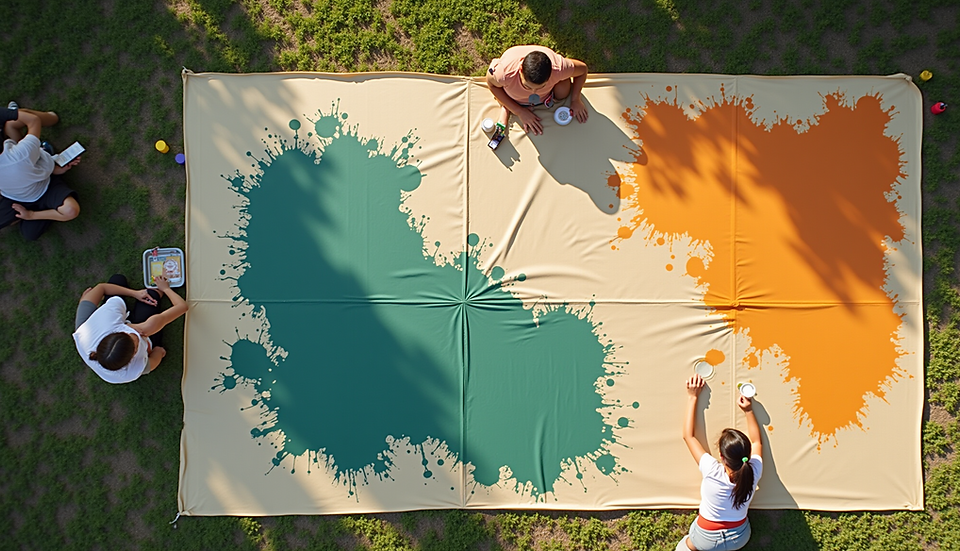
Our Advocacy Focus
Research Initiatives
Through continuous research efforts, we delve into the long-term effects of Agent Orange exposure on Vietnam Veterans' children, aiming to provide clarity and support for those affected.
We are interested in your story and would appreciate you taking the time to reach out so we can help more people. We are all in this together.
We will always be the children of Vietnam Veterans
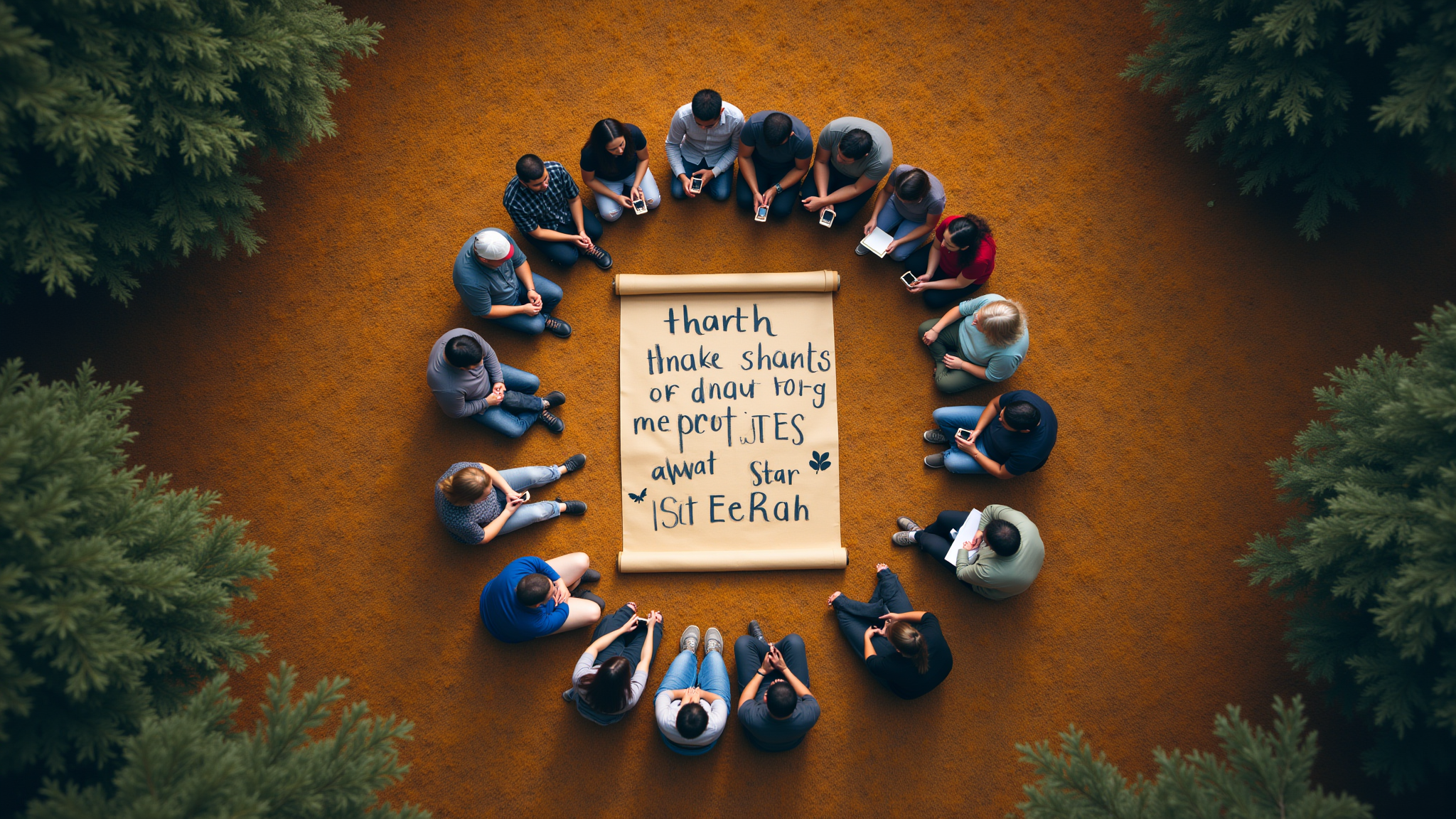
Awareness Campaigns
Our awareness campaigns aim to shine a light on the ongoing challenges faced by the children of Vietnam Veterans, striving to foster understanding and support within the international community.
My focus at present is for the following counties of Australia, New Zealand, Canada and the US. The flow on effect should assist other countries.
If you need help somewhere else please let us know

International Acknowledgment
I am advocating for global recognition of second-generation harm caused by Agent Orange (TCDD), supported by international research and human rights law.
I have reached out to multiple international bodies to raise awareness of the multi-generational harm caused by TCDD (Agent Orange) exposure.
My advocacy includes submissions and correspondence with the World Health Organization (WHO), the United Nations Committee on the Rights of Persons with Disabilities (CRPD), the UN Universal Periodic Review (UPR) process, the International Agency for Research on Cancer (IARC), and the United Nations Environment Programme (UNEP).
Each of these institutions plays a role in addressing toxic exposure, public health, disability rights, and intergenerational justice. I am working to ensure that the voices and health impacts of second-generation survivors—like myself—are finally acknowledged and addressed through international mechanisms.






